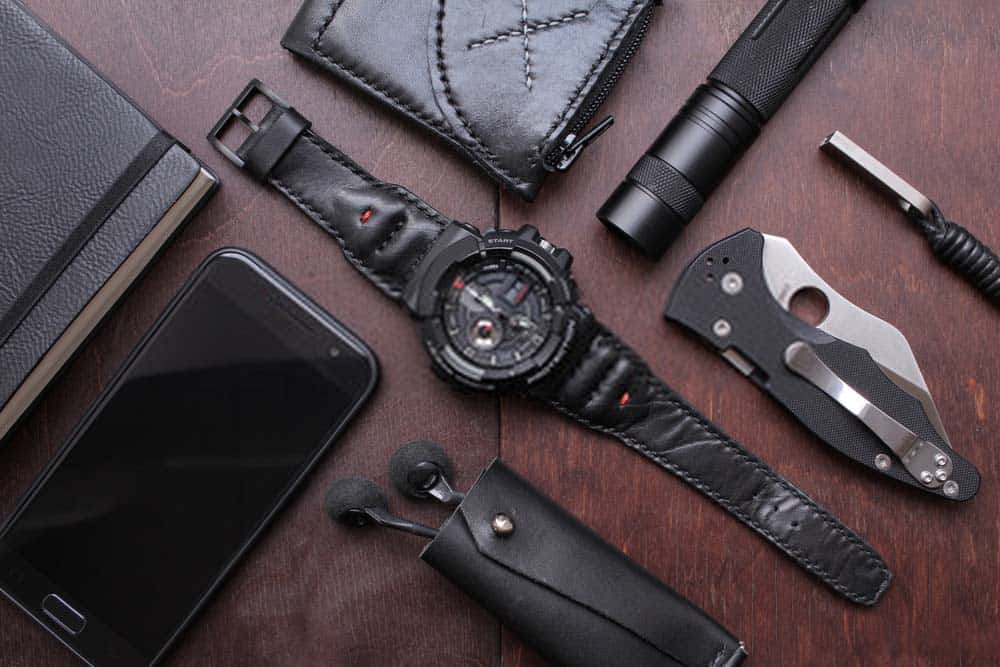It’s easy to scroll through pages on the internet and still not know what it’s all about. Here we will look at EDC in more detail, explaining exactly what it is and how you can start getting involved.
So What is EDC?
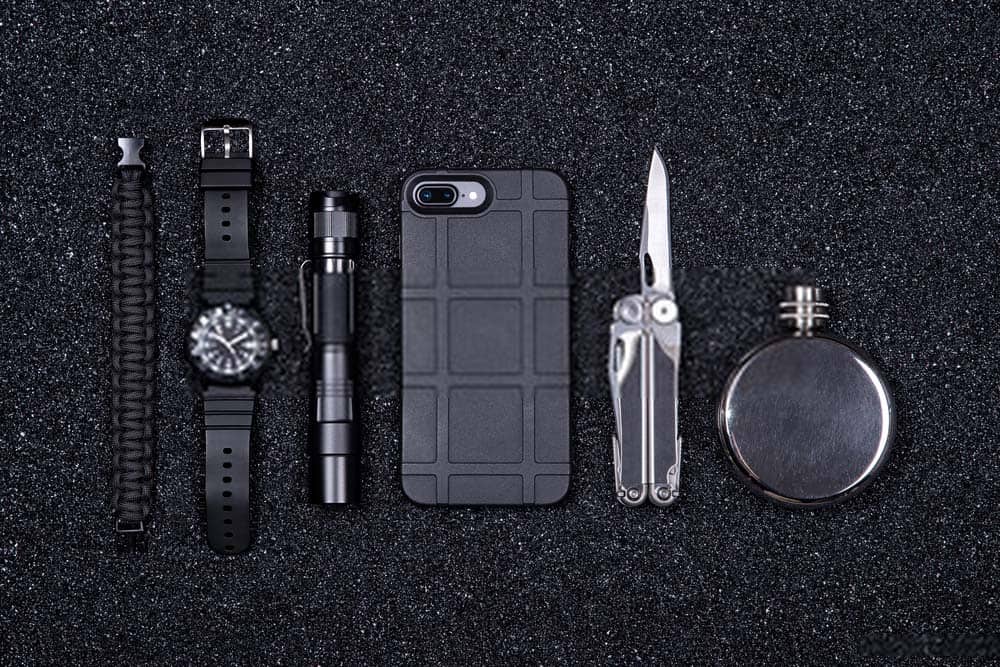
Doesn’t this term just mean carrying things around in your pockets? Well, yes and no. Explaining it in the most literal terms possible, EDC or Everyday Carry is the collection of items you tote around in your pockets or backpack daily.
Everybody has things they put in their pockets before they head out for the day. These are the things we would never dream of leaving the house without – a lighter, money clip, wallet, etc… These are the items that are essential to your everyday life that would be like going out with no clothes on. Every day carry possessions are valuable to you, not just for their monetary or sentimental value. This is the stuff you find essential to everyday life and always carry in your bag.
So, the things that live in your pockets, like gum wrappers, old receipts, and lint, don’t count as everyday carry items. It’s the mainstays that you have certain quantities of that will qualify as these specifically.
If you’re still unsure about everyday carry, maybe it will help to learn what the basis of it is built on. Everyday carry items are all about utility, purpose, and preparedness. Everything you carry around with you as part of your everyday kit should be purposeful and have one function specifically useful to you, and the item excels at it.
Every day carry essentials should empower you to go about your business but also keep you prepared for emergency situations, accidents, tactical awareness, and survival.
Jerry Bowyer, PrimeSurvivor.com
Are there advantages to EveryDay Carry items?
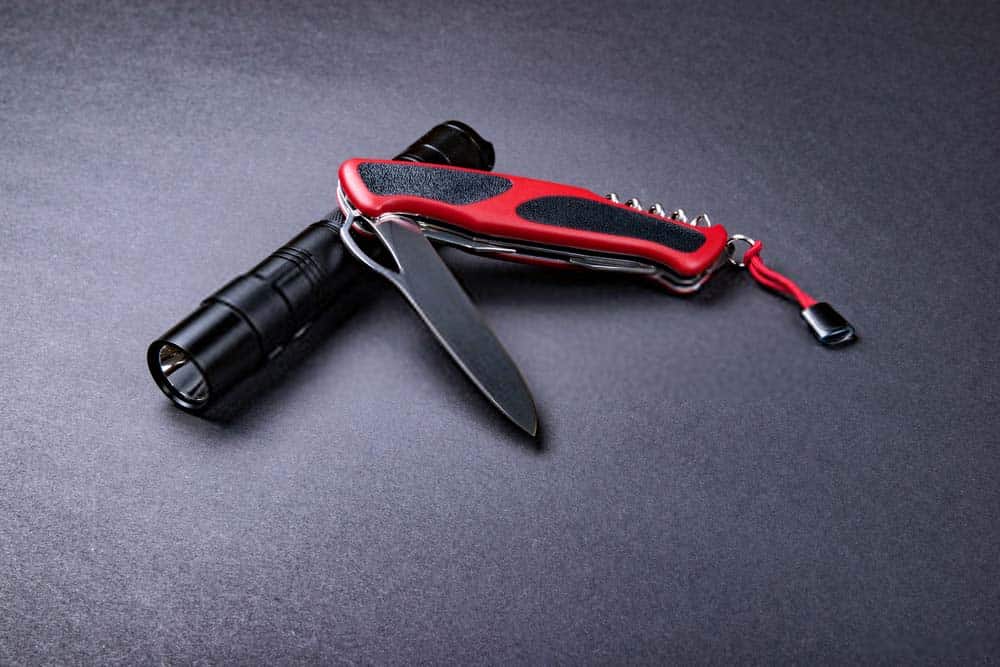
On some level, you will already have some EDC belongings that you can’t leave the house without. By packing your pockets with actual items, you can enjoy a wealth of benefits such as:
- Doing more – Having some tools as part of your EDC allows you to do more with your day and may even make some tasks easier. By taking every day carry approach to what you would class as essentials, you can maximize their efficiency and performance to have a better overall experience.
- Being prepared and self-reliant – Part of the items are tools that equip you to go about your daily routine and give you an advantage when the unexpected arises. It allows you to work out problems quickly without needing the help of anyone else.
- Convenient – Finding the right tool for the job can waste valuable time in some emergencies. If you have these tools as part of your kit, there won’t be any time needed to find someone else to help or source the right equipment. EDC is a convenient way of making your life a lot easier.
- Saving you money – Although it may seem like a strange concept, it can actually save you some money. Invest in the right essentials, such as a good laptop bag or passport wallet, now that can stand up to the daily wear and tear you will put them through.
Buying the more high-end durable products means you won’t have to spend more money in a few months replacing inexpensive items. EDC items should be bought with the buy it for life mantra in mind to really get your money’s worth. - Individualising – Your EDC should be personalized to your lifestyle. What you carry around with you is based on your personal preferences and can say a lot about you. Refining your kit to truly reflect what you need will only serve you well in the long term.
What items are common to EDC?
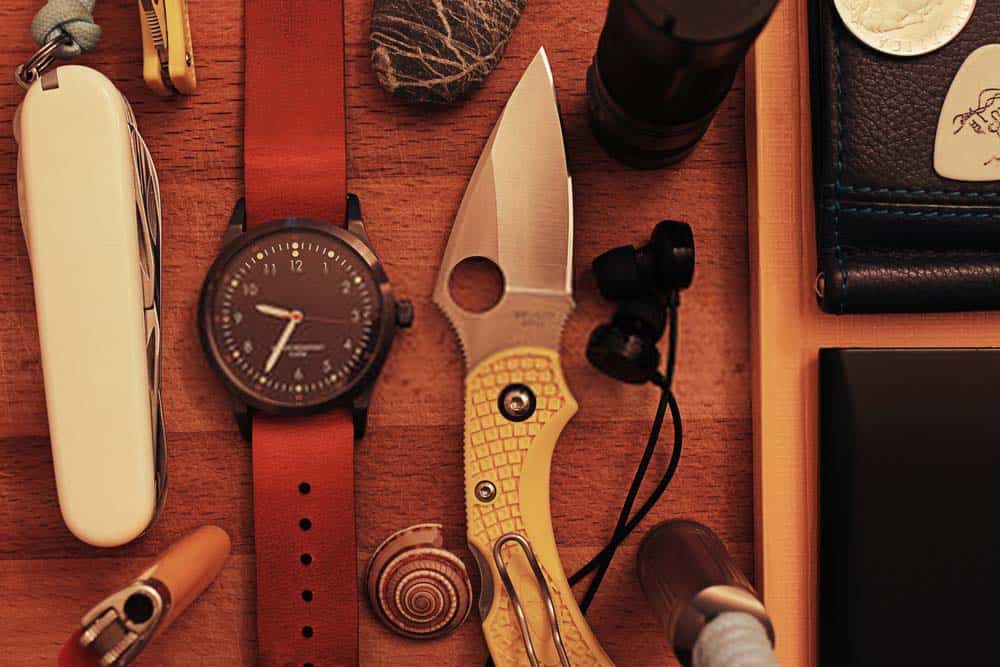
There isn’t a must-have list regarding the everyday essentials included in EDC. You will need to develop your own system, trying out multiple items until you find the right fit for you. However, there are some core essentials you can start with to build a solid base for your needs. Below are the ones we would identify as the basics:
- Phone – How many of us would go out without our phones? Smartphones do more for us now than they ever have done. Carrying a phone as part of your EDC means you can eliminate the need to carry a watch, camera, pen, paper, wallet, and flashlight.
- Wallet – Not only do we keep cash in our wallets, but we also store other essential items like IDs and paper documents we may need daily. It’s what’s inside the wallet that counts, but they are absolutely essential assets that have to be protected from loss and damage.
- Keys (And Keychains)– Keys are, of course, a part of the EDC essentials list. Keychains can be clunky and take up a bit of room, but they give us access to and secure access to many important places we would go every day.
- Knife – knives are becoming a staple of everyday carry for many people as well, with an entire category dedicated to everyday carry. There are laws and cultural barriers that may make carrying a knife tough, but a reasonably small fixed blade or pocket knife can be a great tool for your kit. Not everyone needs a knife, and you must be able to carry one legally for practical reasons more than anything else.
- Flashlight – Blackouts and getting stuck in the dark may be common where you live. Navigating dimly lit areas, power outages, or even looking under the sofa becomes easier if you have a flashlight in your back pocket. Remember, you can use your smartphone for this, so there’s no need to carry around a bulky torch with you at all times.
- Multitool – The core principles of EDC are brought to life in the multitool. It provides portability, versatility, and utility – three things that everyday carry is based on. Having an entire toolbox worth of kit in one single portable tool is invaluable to anybody. Bottle openers, scissors, cutting tools, pliers, and screwdrivers are all included in these nifty little gadgets. Multitools are a complement as they are light and easy on pocket space.
- Pen – Sometimes, a phone just won’t do it, and a pen can take some tasks like paperwork and jotting notes to the basic level.
- Paper – Of course, if you’re going to carry around a pen, you will probably want to take something to write on as well, as a notebook, for example.
- Watch – Checking our phones for the time seems to be the norm these days, but if you’re more of a traditionalist, then you’ll want to every day carry a watch with you. Having a dedicated watch also means you’re not relying on a phone’s battery to hold out as long as needed. The time is at the end of your wrist whenever you need it.
Are EDC items essential?
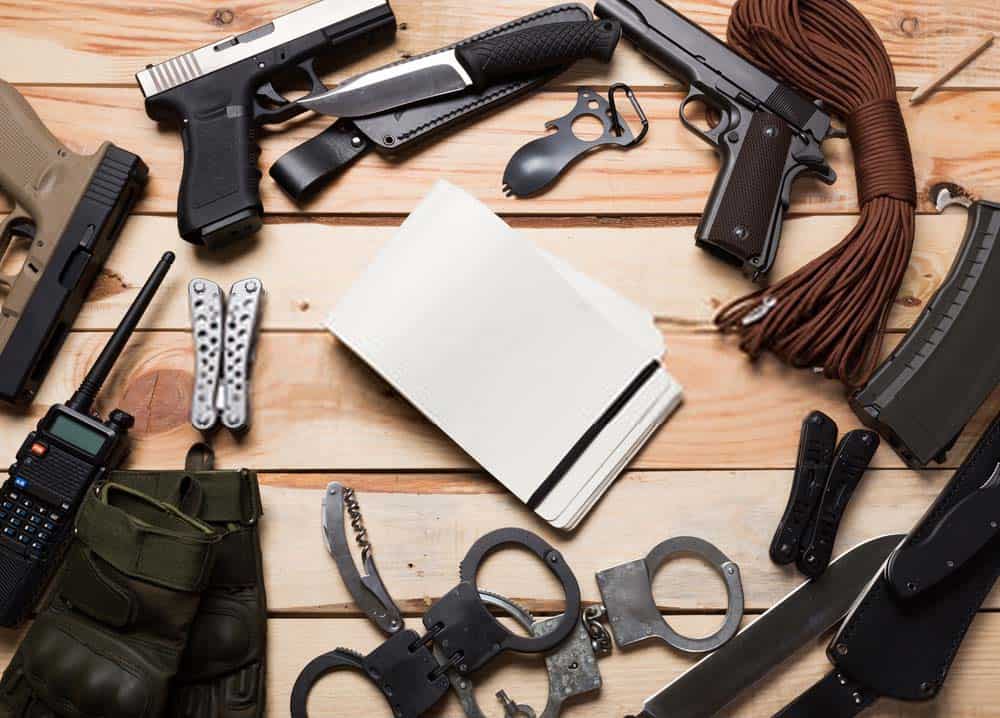
Not all of the items we’ve listed above are essential to have with you every day. Things like umbrellas and other large essentials might not be needed daily. You’d need more pockets if they were! No one is alike, so what you want to carry with you in terms of EDC will vary from person to person. Carry around what you think you need regarding your location, job, lifestyle, style, routine, and budget.
Anything you carry should be reliable and functional as well as personal to you. Having all of the bases covered will give you greater peace of mind. Think of EDC as an extension of you, meaning you should be completely comfortable with the items you have chosen to carry.
Someone who has nailed their EDC will include what they need to go about their day-to-day life and leave behind anything unnecessary outside these limits.
EDC FAQs
What does EDC stand for?
For anyone who doesn’t know the phrase, EDC stands for Everyday Carry. It’s a phrase commonly used by people with items they deem important to carry with them, either in their pockets or backpacks. Most equipment is used in survival, bushcraft, tactical awareness, camping, and hunting.
What does EDC mean?
EDC means Everyday Carry – simple as that. It refers to a collection of useful items in a person’s everyday life, so they carry it daily. The main reasons are preparedness and utility. These items can help people overcome problems they encounter every day and to keep them prepared for any dangerous and unexpected situations.
Where to start with EDC
Now that you know why EDC is so important, you need to know where to start. The list of basics above is a great point you can build your everyday kit from. Remember that anything you carry with you as part of your kit should be accessible, usable, functioning, durable, and portable. Learn more about everyday carry here.


